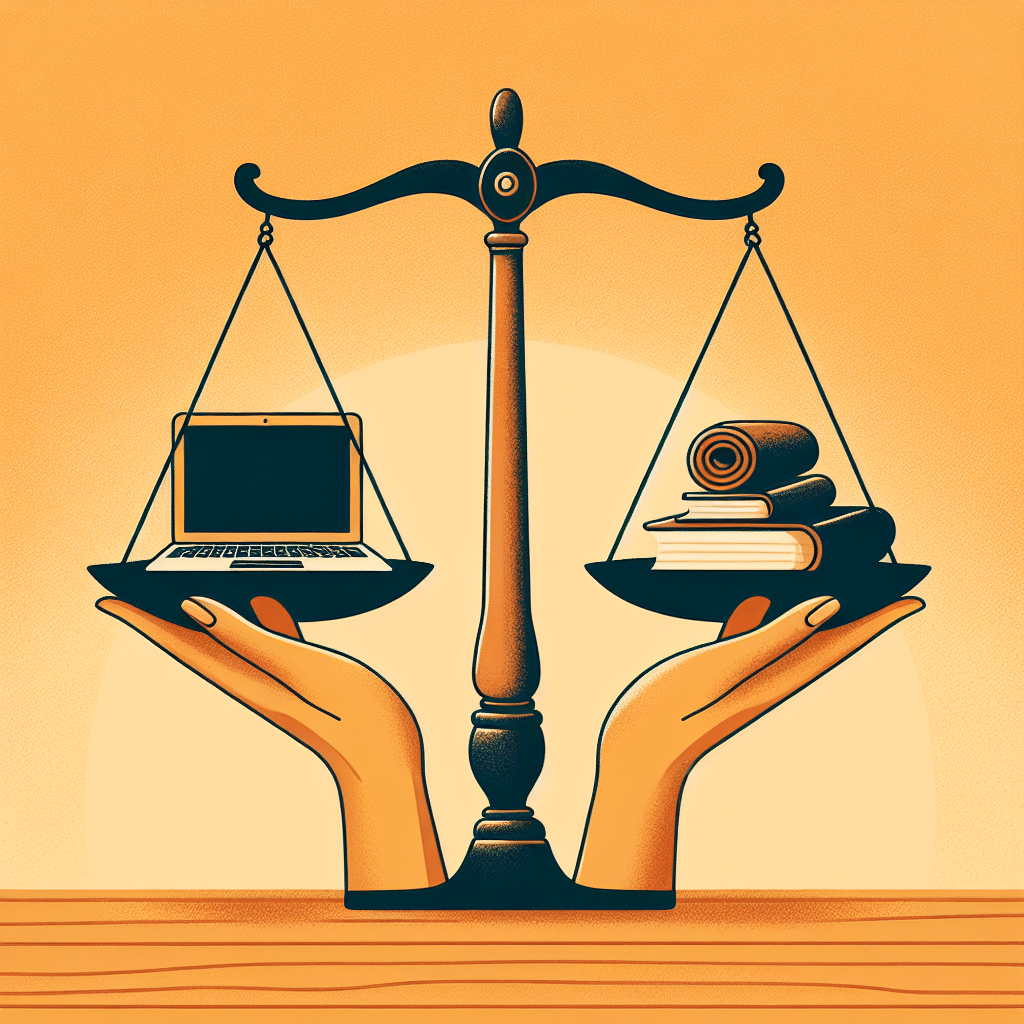Effective Time Management
Prioritize Your Tasks
One of the key strategies to staying productive without overworking is to prioritize your tasks. Consider using the Eisenhower Matrix, which categorizes tasks into four quadrants based on urgency and importance. Focus on what is both urgent and important first, then tackle important but not urgent tasks. This helps avoid burnout by ensuring time is spent on meaningful activities.
The Pomodoro Technique
Employing techniques like the Pomodoro Technique can significantly enhance productivity. Work in focused bursts of 25 minutes followed by a 5-minute break. This cycle helps maintain high levels of concentration while preventing fatigue. After four sessions, take a longer break of 15-30 minutes to recharge.
Setting Boundaries
Define Work Hours
Setting clear boundaries regarding your work hours can help create a work-life balance. Whether you work from home or an office, designate specific hours for work and stick to them. Communicate these hours to colleagues and family members to minimize interruptions and reinforce your own commitment to maintaining a healthy work-life balance.
Digital Detox
Reducing screen time outside of work hours aids in mental recovery. Consider implementing a digital detox strategy, where you unplug from technology after work hours. This can involve turning off notifications on your phone or setting designated ‘no tech’ times during the day.
Mindfulness and Breaks
Incorporate Mindfulness
Practicing mindfulness can maintain and even boost productivity. Engaging in brief mindfulness exercises, such as meditation or deep-breathing, helps lower stress levels and enhance focus. Spend just 5-10 minutes a day practicing mindfulness techniques to cultivate greater awareness and clear your mind.
Schedule Breaks
Scheduling regular breaks throughout your day is essential for sustained productivity. Short breaks during your working hours improve mental clarity and overall performance. Incorporate short walks, stretch sessions, or simply time away from your workspace to refresh your mind.
Healthy Lifestyle Choices
Nutrition Matters
What you eat plays a crucial role in your energy levels and productivity. Opt for balanced meals that include protein, healthy fats, and complex carbohydrates. Foods like nuts, legumes, and whole grains provide sustained energy rather than sudden spikes and crashes. Regular meals can keep your energy levels stable throughout the workday.
Staying Active
Regular physical activity contributes to better mental health and increased productivity. Incorporate at least 30 minutes of physical activity into your daily routine, whether it’s during your lunch break or outside work hours. This can be as simple as walking, jogging, or participating in a gym class.
Streamlining Workflow
Use Productivity Tools
Leverage technology to enhance productivity without adding to your workload. Productivity tools like Trello, Asana, and Todoist can help you manage tasks efficiently. These platforms allow for better organization, collaboration, and deadline management, minimizing the chances of being overwhelmed by large projects.
Automate Repetitive Tasks
Identify repetitive tasks within your workflow and seek to automate them. Use tools such as IFTTT (If This Then That) or Zapier to automate routine tasks like data entry, email filtering, and appointment scheduling. This can save valuable time and mental energy.
Cultivating a Positive Work Environment
Create an Inspiring Workspace
A conducive workspace can enhance productivity and overall well-being. Ensure your workspace is organized, well-lit, and free from distractions. Adding personal touches like plants, artwork, or photographs can make a space feel more inviting and increase job satisfaction.
Foster Positive Relationships
Interpersonal relationships in the workplace significantly impact productivity. Foster a supportive network among colleagues through regular check-ins and team-building activities. Healthy communication promotes collaboration and reduces the feeling of isolation that often accompanies excessive workloads.
Enhancing Focus and Motivation
Set Clear Goals
Set Specific, Measurable, Achievable, Relevant, and Time-bound (SMART) goals to maintain focus and motivation. Break larger goals into smaller milestones to track progress and celebrate achievements along the way. This not only keeps you motivated but also makes daunting tasks more manageable.
Reward Yourself
Implement a reward system for accomplishing tasks. Rewards can be as simple as taking a break, enjoying a favorite snack, or engaging in a hobby. This creates a positive reinforcement loop that encourages continued productivity without leading to burnout.
Limiting Distractions
Control Your Environment
Identify and minimize distractions in your workspace. This could mean using noise-cancelling headphones to block out ambient noise or using website blockers to limit exposure to non-work-related sites during work hours.
Manage Notifications
Constant interruptions from notifications can significantly hinder productivity. Turn off non-essential notifications on your phone and computer during work hours. This helps maintain focus and reduces the mental drain of constantly shifting attention.
Embracing Flexibility
Adapt Your Schedule
Adapting your schedule to fit your most productive hours can vastly improve efficiency. Some individuals work best in the morning, while others may excel in the afternoon or evening. Identify your peak productivity times and adjust your work schedule accordingly.
Be Open to Change
Staying productive involves a willingness to adapt and change your strategies as needed. Regularly assess your productivity methods and be open to trying new approaches that might boost your efficiency.
Continuous Learning
Invest in Personal Development
Continually engage in personal development to enhance your skills and knowledge. Online courses, workshops, and webinars can offer new insights and techniques that make you more effective in your work.
Seek Feedback
Constructive feedback can provide valuable insights into your performance and productivity levels. Regularly gather feedback from supervisors or peers and use it to identify areas for improvement, making adjustments as necessary.
By combining these strategies, individuals can maximize productivity while avoiding the pitfalls of overwork. Fostering a balanced approach ensures sustained energy and focus, ultimately leading to long-term success in both professional and personal realms.
